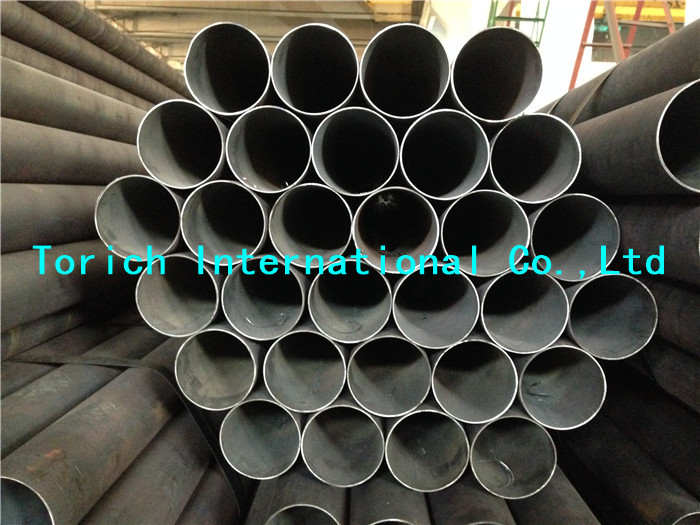How to debug black and white cameras
The black-and-white cameras currently on the market almost all have automatic white balance function. The more complicated ones can also preset options such as light, fluorescent light, daylight and manual multiple modes to control white balance. Whether to have a good white balance function when purchasing a black and white camera should be one of the considerations. Of course, almost all image processing software can adjust the color of the image, but if you are not familiar with the image software, or do not want to adjust too much trouble, you should choose a camera with better white balance.
White balance, literally understood is the balance of white. What is white? This involves some knowledge of chromatics. White refers to the visual response of light reflected into the human eye due to the same proportion of blue, green and red light and a certain brightness. We all know that white light is composed of seven colors of red, orange, yellow, green, cyan, blue, and purple, and these seven colors are composed of red, green, and blue primary colors mixed in different proportions. When the ratio of the three primary color components is the same, it is customary to call it achromatic, and the light reflected by black, white, gray, gold, and silver is achromatic. The popular understanding of white is the brightness that does not contain color components. The white or other colors seen by the human eye are related to the inherent color of the object itself, the color temperature of the light source, the reflection or transmission characteristics of the object, and the visual perception of the human eye (see Principles of Color Science). For example, when colored light is irradiated onto the achromatic object, the color of the reflected light of the object is the same as the color of the incident light, and the white object is red when the red light is irradiated, and when the two or more colored lights are simultaneously irradiated onto the achromatic object, the color of the object is Additive effects, such as red and green light, simultaneously illuminate a white object, which is yellow. When colored light is irradiated onto a colored object, the color of the object exhibits a subtractive effect. For example, a yellow object appears red under magenta light, green under cyan light, and gray or black under blue light.
Before you understand the white balance of black and white cameras, you need to find another very important concept - color temperature. The so-called color temperature, in short, is quantitatively expressed in Kelvin temperature (K). The famous British physicist Kelvin believes that a certain black body substance can absorb all the heat falling on it without loss, and at the same time it can release all the energy generated by heat in the form of "light". Will become different colors due to the heat. For example, when the black body receives a heat equivalent to 500-550 degrees Celsius, it will turn dark red. When it reaches 1050-1150 degrees Celsius, it will turn yellow, and the temperature will continue to rise and it will appear blue. The color component of the light source corresponds to the thermal temperature to which the black body is subjected. The color temperature of any light is equivalent to the "temperature" received by the black body when the same color is emitted. This temperature is used to indicate the characteristics of a certain color light. To distinguish the other, this is the color temperature. During the ironing process, the black iron gradually turns red in the furnace temperature, which is the best example of the black body theory. The color temperature phenomenon is very common in daily life, and people believe that people are no stranger to it. The light emitted by the tungsten lamp is yellow in color due to the lower color temperature. Different street lamps emit different colors of light. The flame of natural gas is blue because of the high color temperature. The color temperature of the cloudless blue sky is about 10000K, the cloudy day is about 7000~9000K, the color temperature under direct sunlight is about 6000K, the color temperature at sunrise or sunset is about 2000K, and the color temperature of candlelight is about 1000K. At this time, we can easily find a rule: the higher the color temperature, the more blue the light color; the lower the color temperature, the more red. When the color temperature of a certain color light is higher than that of other color lights, it means that the color light is bluer than the other color lights, and vice versa. When one color light is bluer than the other color lights, the color temperature of the color light is high, and vice versa.
Because of the unique adaptability of the human eye, we sometimes cannot detect changes in color temperature. For example, under the tungsten lamp for a long time, it does not feel that the white paper under the tungsten lamp is reddish. If the fluorescent lamp is suddenly changed to the tungsten lamp, it will be found that the color of the white paper is reddish, but this The feeling can only last for a while. The CCD of the camera is not as adaptable as the human eye, so if the color adjustment of the black and white camera is inconsistent with the color temperature of the scene illumination, color cast will occur. So what is white balance? White balance is to adjust the color of the camera to adjust the color cast by adjusting the color circuit inside the camera for different color temperature conditions, which is closer to the visual habit of the human eye. White balance can be simply understood as the standard white color adjustment of a color camera lens at any color temperature, so that it remains white after imaging. This is a frequent occurrence.
But not all, the white balance is actually adjusted by the circuit inside the black and white camera (changing the balance of the three CCD levels of blue, green and red) so that the light reflected into the lens is achromatic. If the white balance is adjusted with a reddish color, the image of the color is achromatic, and the other colors are blue (complementary).
Thin Wall Steel Tubing/Thin Wall Steel Tube/Thin Wall Steel Pipe are produced byCold Drawn or Cold Rolling,
with thick wall to below 4.5mm, 5.0mm, 6.0mm, depending on different OD.
Extremely thin wall thickness Seamless Steel Tubes
Big Diameter, thin wall thickness seamless steel tubes
OD 114 x WT 3.5mm
OD 132 x WT 3.8mm
OD 132 x WT 4.8mm
OD 139 x WT 5.8mm
OD 168 x WT 4.5mm
OD 114 x WT 3.5mm
OD 132 x WT 3.8mm
OD 132 x WT 4.8mm
OD 139 x WT 5.8mm
OD 168 x WT 4.5mm
Steel Grade can be ST37.0, ST37.4, ST44.0, ST45, ST52 or other steel grade
Length: 5000-5800mm, or specified by customer








Thin Wall Steel Tubing
Thin Wall Steel Tubing,Seamless Thin Wall Steel Tubing,Thin Wall Steel Square Tubing,Thin Wall Stainless Steel Tubing,Thin Wall Steel Tube,Thin Wall Steel Pipe
Torich International Co.,Ltd--The Steel Tube Maker , http://www.chinasteeltubepipe.com